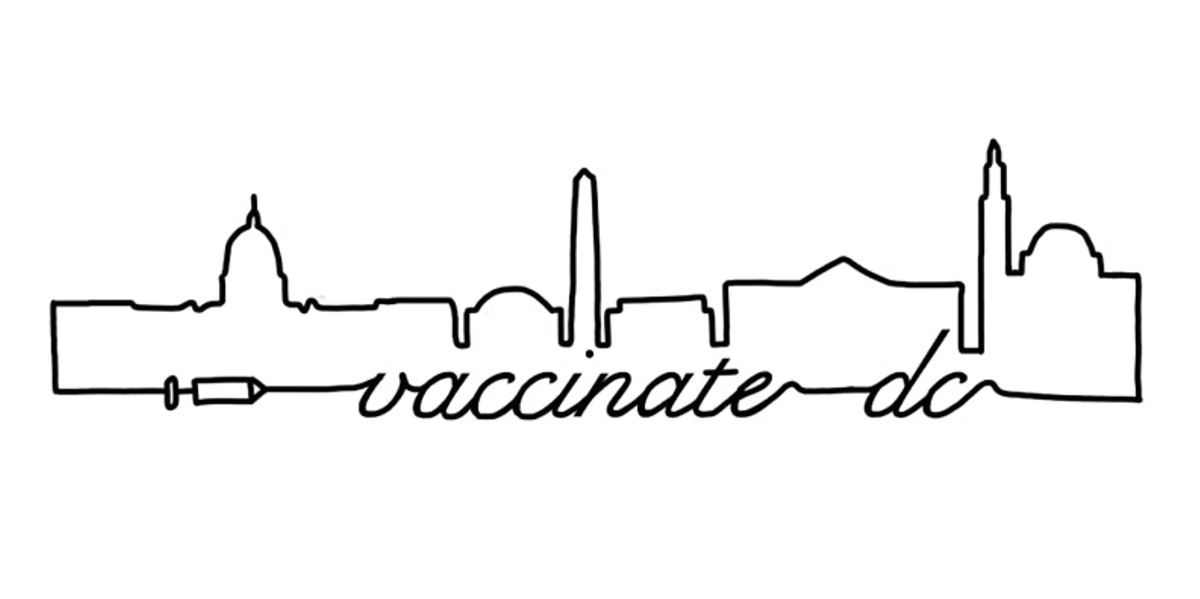

As the COVID-19 vaccine is currently being administered in D.C. and around the world, Catholic University School of Engineering’s Center for Service Through Innovation hosted a student-led Design Jam - Vaccine D.C. in March that focused on effective and equitable vaccination in the District.
The Design Jam - Vaccine D.C. workshops are mini-think tanks centered around human-centered design to share ideas and solutions virtually. They were held on March 6 and 20. The goal of Design Jam - Vaccine D.C. was to create an environment to improve the community by working together to make a positive impact in vaccinating D.C. It specifically tackled issues surrounding misinformation regarding the COVID-19 vaccine, accessing vaccine information and appointments, and ensuring vaccinations in D.C. are rapid and equitable.
Design Jam is based on a template from AJ&Smart, a design agency, on a method of thinking called “Lightning Decision Jam.” “It is an extremely effective tool that creates a space where everyone has a voice, agile teamwork is at play, and crowd sourced problems and solutions are discussed,” said Sabrina Geary, senior mechanical engineering major and Design Jam student director. “Human-centered design was at the core of everything we did.”
"... the people who face the problems that one is trying to solve are the people who truly know the solutions to these issues."
“Human-centered design is believing that all problems, even the seemingly impossible, are able to be solved,” said Geary. “It also means that one must believe that the people who face the problems that one is trying to solve are the people who truly know the solutions to these issues. It allows for collaborative work with communities that one is trying to serve in order to meet all of the community needs.”
Participants split into small groups to frame design challenges that need to be solved. “Everyone worked collaboratively to vote and iterate ideas into questions — questions which were then solved by generating solutions and designing a series of steps to actually enact that solution,” said William Corrigan, senior computer science major, and Design Jam volunteer facilitator and participant.
“Some questions posed in breakout sessions were: How might we register those who can not register themselves? How might we create a system that eliminates a need for computer literacy to set up appointments? How might we resolve social isolation and provide virtual solutions to coping with not having the vaccine until the physical supply is increased? How might we more specifically determine susceptibility to getting Covid-19 and prioritize recipients and filter who needs the vaccine versus who wants it (by age, past medical history)? How might we give everyone access to the same quality, verified information?” said Geary.
The solutions that participants came up with were virtual events (such as exercise classes, game nights, and collaborative events like Design Jam), outdoor events that follow all CDC regulations in one’s area, utilizing TV and radio to make public service announcements for information on vaccination centers, developing methods for students in school to deliver information to parents/guardians, creating an automated system (phone bank and kiosk), hiring students to support the phone banks/kiosks, and recruiting locals in the community who are enthusiastic or qualified and get them onboard with the program.
Design Jam included ambassadors ranging from human-centered design professionals, nurse educators from Veteran Affairs, to an emergency vaccination planning expert. It also engaged high school students and community members.
Ambassadors who advised groups and gave insight including Matthew Clark, cofounder and director at ineedashot.org; Deirdre Carolyn Doerflinger, clinical assistant professor at Catholic University’s Conway School of Nursing, who and serves as project director of the Veteran Affairs Nursing Partnership; Leslie Rowan, clinical assistant professor, Conway School of Nursing, and chief nurse at Nursing Education and Research at Washington, DC VA Medical Center; Jeffrey Herrmann, professor at the University of Maryland who specializes in system engineering and worked on the emergency vaccination committee for Maryand; and Ben Towne, cofounder of ineedashot.org.
“I had a great time participating in Design Jam. I’m getting to propose questions, talk to experts, and brainstorm creative solutions to problems. It is a lot of fun, especially in a more casual setting than the classroom,” said Corrigan. “We had such a great presence from our ambassadors that I was never worried we were getting a particularly skewed image of the situation, and the wider breadth of people at the sessions lead to unique and creative ideas.”
Corrigan hopes to use this experience and insight of the experts involved with Design Jam to bolster his capstone project “I'm part of a team designing a web app called Covid Comforter that works to connect people with easy-to-digest COVID numbers and local resources for everyday life like grocery shopping, as well as testing and eventually vaccinations.”
Geary believes the tools she learned will be useful when she transfers into the workforce after graduating in May. “Design Jam has shown me the importance of design thinking, agile teamwork, and diverse backgrounds in problem solving,” she said.